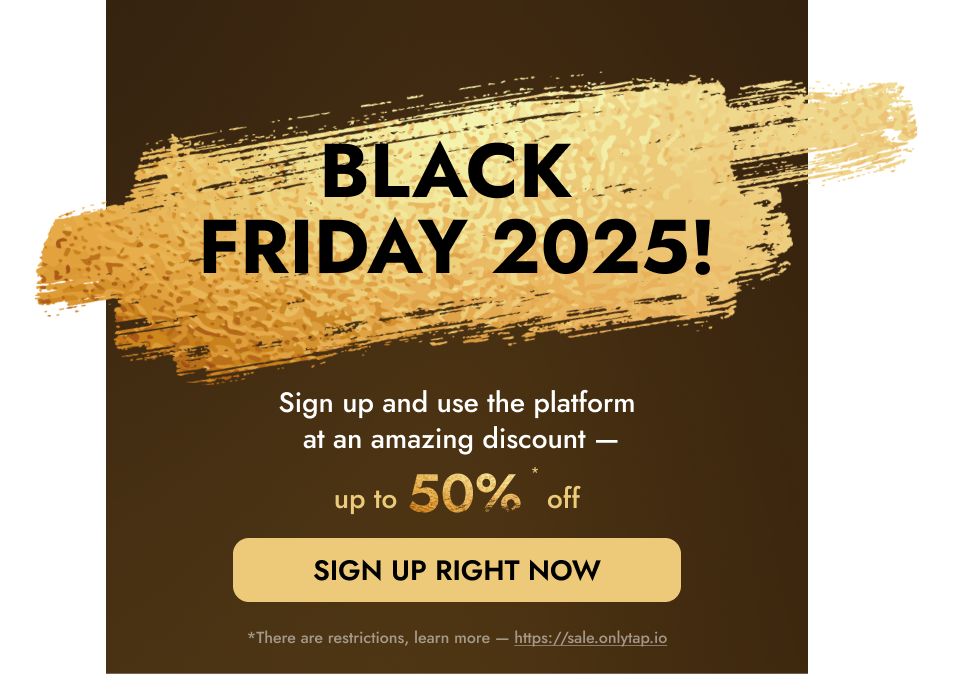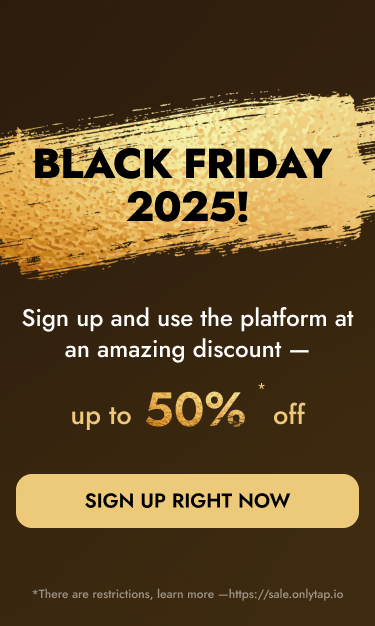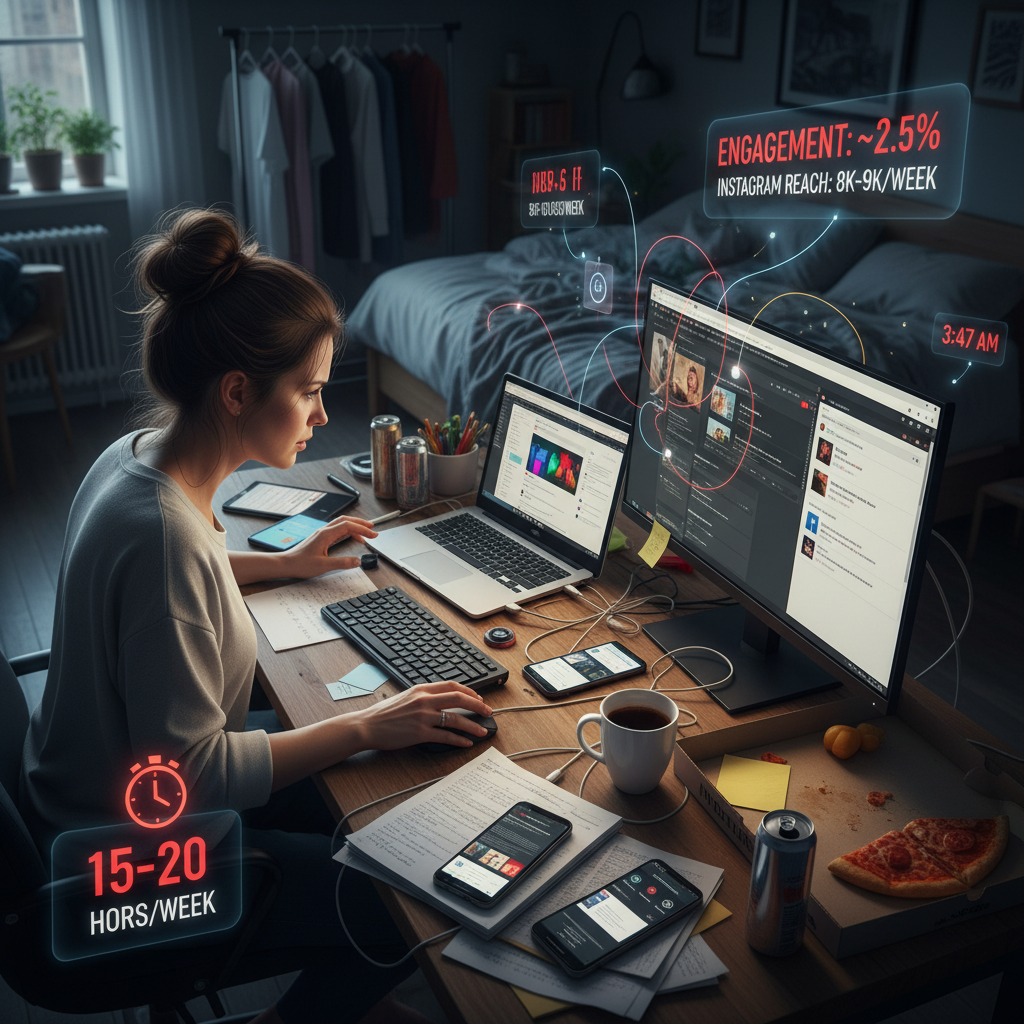In 2025, YouTube is more than just a video platform — it’s a fast-evolving creator ecosystem powered by AI, built for global reach, and designed to help channels of all sizes grow. But with all the updates rolling out, it’s easy to miss what’s really useful — and how to use it.
In this article, we’re not just listing what’s new — we’ll walk you through how each YouTube update can help you plan better content, reach new audiences, and optimize performance. Whether you’re a solo creator, part of a small team, or managing multiple clients, this guide will help you get the most out of YouTube in 2025.
The AI-Powered Inspiration Tab: Get Unstuck, Plan Smarter
Let’s face it: content ideas don’t always come easy. YouTube knows that — and now offers a solution right inside YouTube Studio. The new Inspiration tab uses generative AI to suggest video ideas, titles, descriptions, and even thumbnail concepts based on your niche and channel activity.
You can also input your own topic or keyword, and the tool will generate structured outlines — helping you turn vague ideas into executable content plans.
How to use it:
If you manage a regular upload schedule, use the Inspiration tab at the start of each month to draft your upcoming calendar. Let AI suggest what your audience might be most interested in based on current trends, and build your strategy from there — with real data.
Automatic Dubbing: Speak to Global Audiences Without Re-Recording
YouTube’s expanded automatic dubbing feature allows you to translate your content into multiple languages with realistic AI voiceovers. This isn’t just subtitles — this is full audio translation for up to 9 languages, including Spanish, German, Portuguese, and Hindi.
Why it matters:
Until now, reaching non-English-speaking viewers required re-uploading translated content or relying on subtitles. Now, with just a few clicks, you can tap into new international audiences without re-editing or re-recording a thing.
How to use it:
If you see views from other countries in your Analytics tab, experiment with dubbing your top-performing videos. This is especially powerful for evergreen content like tutorials, product reviews, and how-tos.
YouTube Shorts Updates: More Time, More Tools, More Reach
Shorts now allow up to 3 minutes of runtime — giving creators more space to build storytelling arcs or explain step-by-step content. You also get:
- AI-assisted syncing with music
- Better clip editing and trimming
- Custom photo stickers powered by AI
Why it matters:
YouTube is clearly investing in Shorts as a growth channel. Longer run-times + smarter tools = more potential to go viral, especially with younger mobile-first audiences.
How to use it:
Create hybrid content: take the best tips from your long-form videos and turn them into Shorts. Use the extended format to build micro-series — three 1-minute parts, for example — to boost session time and retention.
Thumbnail A/B Testing: Optimize Your First Impression
YouTube’s new Test & Compare tool lets you upload up to three thumbnails for a single video. The platform automatically runs a split test across your audience to see which image leads to the highest CTR.
Why it matters:
Thumbnails make or break your video’s success. Now, you no longer have to guess — you can test and learn, directly in the platform.
How to use it:
Design three versions of your thumbnail for each major video: one with bold text, one without, and one image-focused. Let the data tell you what grabs attention. Use the winning format as a template for future videos.
Vertical Live Streams: Go Live Directly in the Shorts Feed
This year, YouTube introduced vertical livestreaming — and it’s a game changer. Your vertical live sessions now show up directly in the Shorts feed, optimized for full-screen mobile viewing. You can also monetize live content using Super Chat and Super Stickers.
Why it matters:
It combines the power of livestreaming with the discoverability of Shorts — meaning higher visibility, even for creators with small subscriber counts.
How to use it:
Try doing weekly Q&As, product reveals, or “behind the scenes” lives vertically. Keep it authentic, spontaneous, and mobile-friendly. Ideal for creators who already engage with communities on TikTok or Instagram Live.
AI Summaries in Search: Clarity Becomes Crucial
Still in limited testing, YouTube is experimenting with AI-generated summaries that appear below videos in search results. These help viewers quickly understand what a video is about before clicking.
Why it matters:
It shifts the focus to structure and clarity. Videos with clear key points and tight scripting may benefit from better positioning.
How to use it:
Be intentional with your structure. Use chapters, on-screen headers, and voiceovers that introduce what’s coming. These help the AI understand your content — and help the viewer trust it’s worth watching.
Hype Button: Crowd Support for Smaller Creators
YouTube’s new Hype feature allows viewers to boost visibility of videos from creators with under 500K subscribers. Think of it as a social upvote — one that increases your chances of getting featured or recommended.
Why it matters:
If you’re still growing, this can give you a crucial push — especially if your audience is small but loyal.
How to use it:
Actively ask your subscribers to “Hype” your latest video. You can also integrate this into your call to action (“If this helped you — hit that Hype button to spread it further!”).
Final Thoughts: Turn Features into Strategy
YouTube’s 2025 updates aren’t just shiny tools — they’re real opportunities to level up your channel. Whether it’s smarter planning, multilingual growth, or better visibility, creators now have access to resources that used to be reserved for large teams.
But tools are only as powerful as the strategy behind them. Try one or two features that align with your goals, track the impact, and scale what works.
- Plan better with AI.
- Speak to global audiences.
- Let data shape your design.
- Meet your audience where they scroll.
YouTube is evolving — are you evolving with it?






